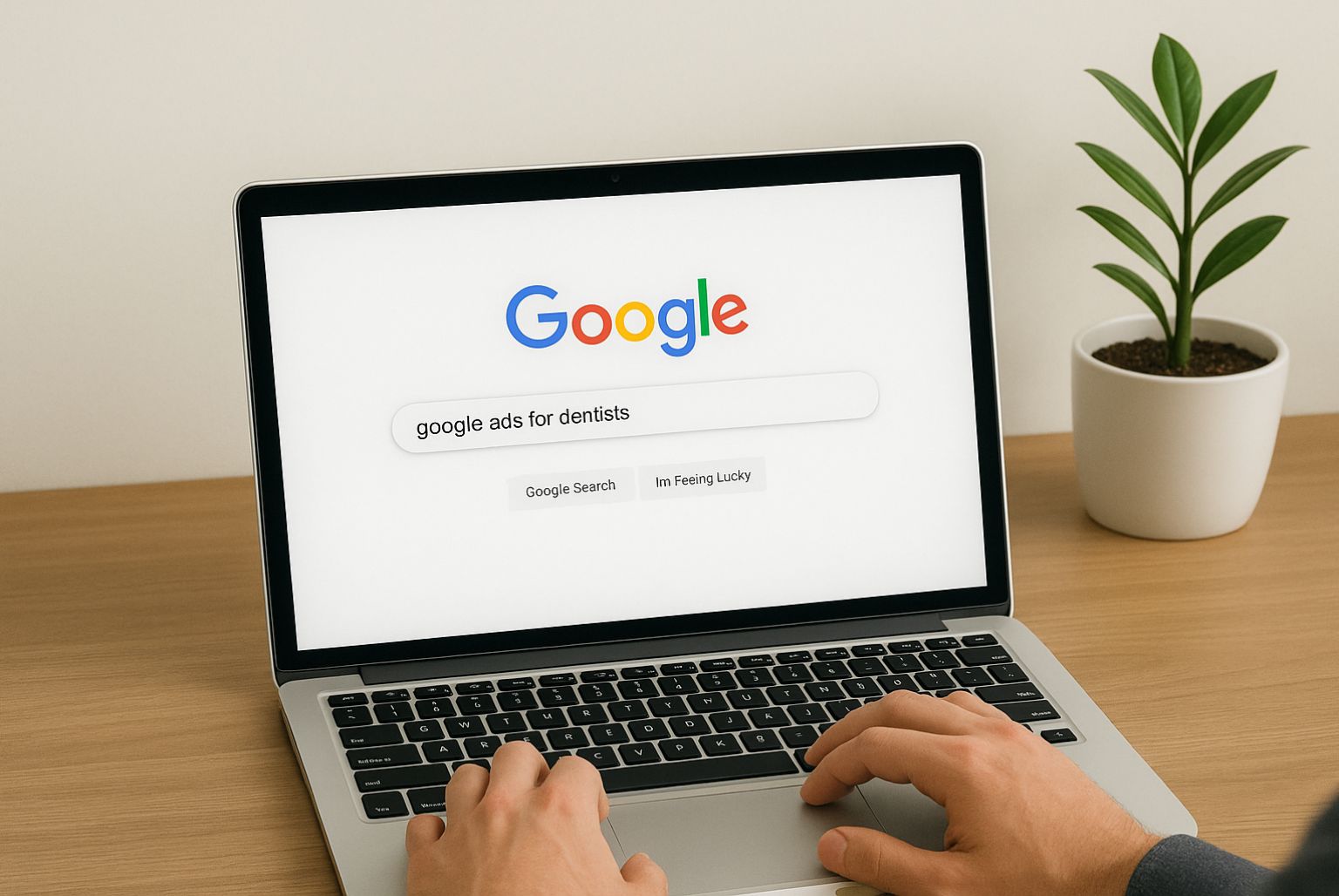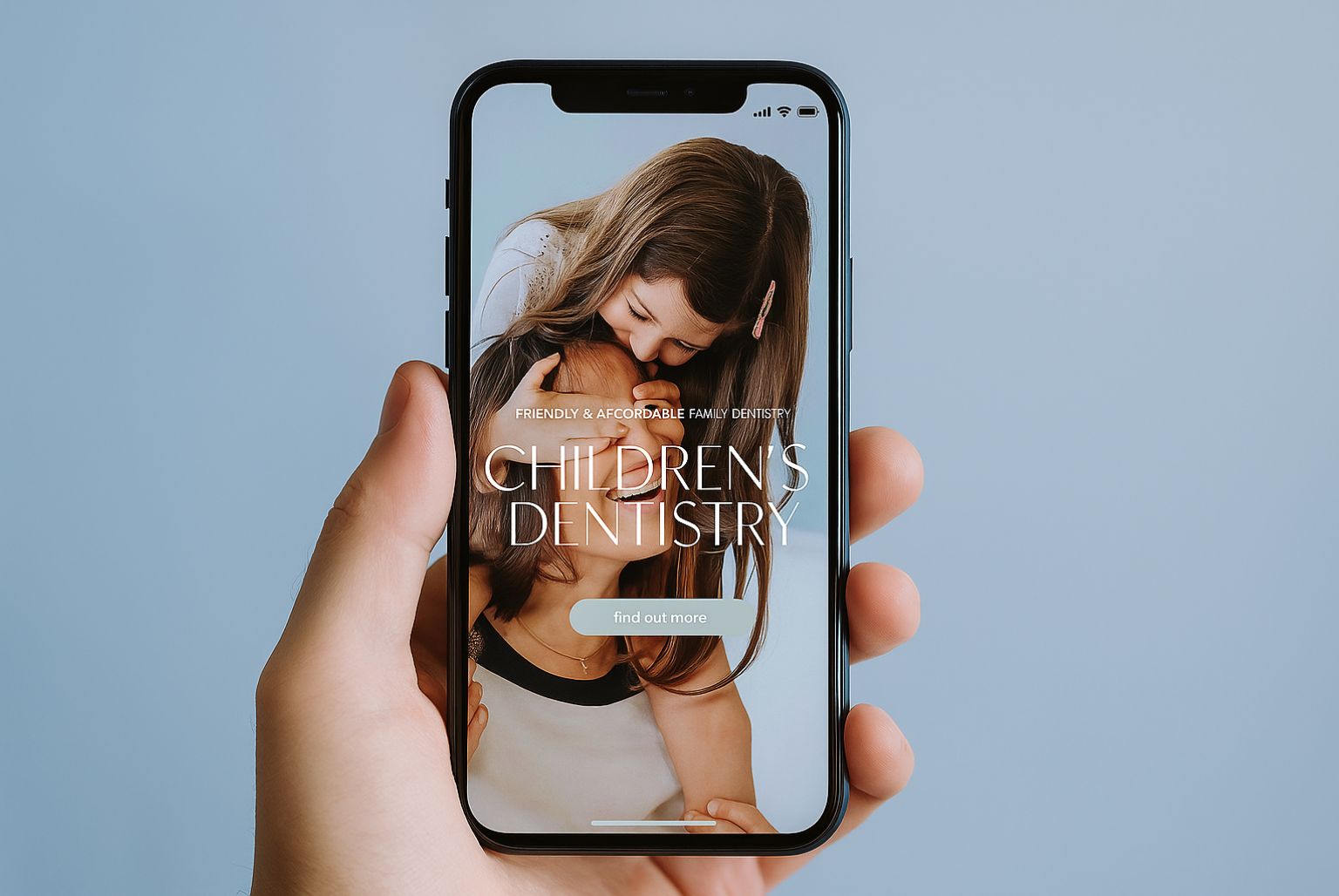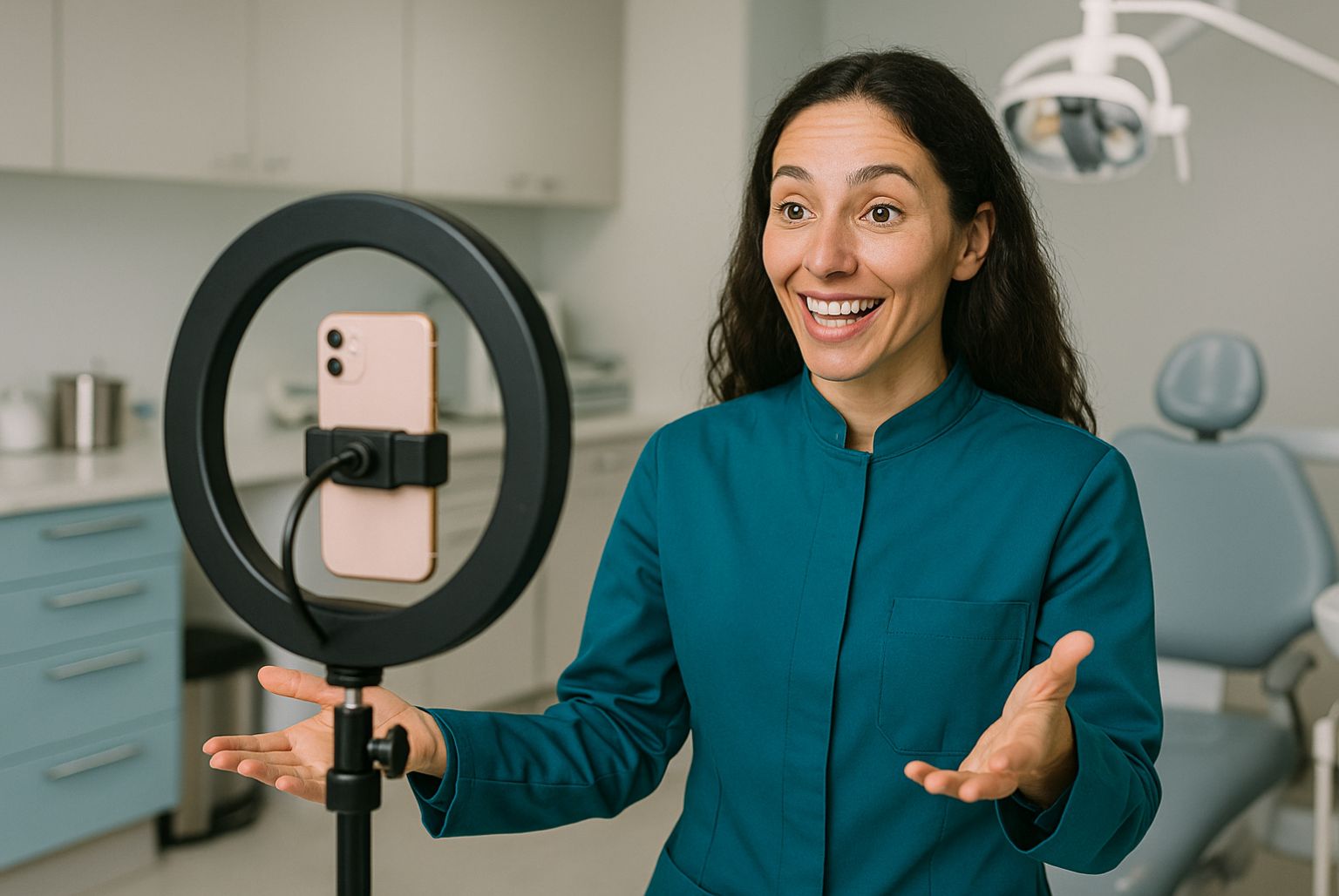Are you struggling to get your website seen on search engine results pages (SERPs) in Google? Are your pages showing up on page two, three or lower on Google, while a spot on page one remains elusive?
Google looks at over 200 signals to decide how to rank your web pages when someone carries out a search. Even the world’s top SEO experts have to make educated guesses about what some of these signals are, especially as the search engine tweaks its algorithms in the region of 500 times a year. Many of these tweaks are minor but others can be major.
What we do know is that Google is a business and its mission is to give people search results that are as relevant as possible to what they are searching for. Google prioritises websites in searches that will provide high-quality content and a good customer experience because this reflects well on the search engine itself.
To help your search engine optimisation (SEO) efforts, we’ve put together the top nine reasons why your website ranks low with hints and tips about what you can do to boost your site’s visibility:
1. Low Traffic
This is a bit of a chicken and egg situation because, the lower down on Google your web pages appear in searches, the less traffic you’re likely to attract, and the less traffic you have coming to your website, the less visible it will be to Google.
There are a number of things you can do to bring more organic and referral traffic to your website:
- Regularly add fresh, high quality content such as blog articles – this will give Google new pages to index, show that your site is regularly updated, give you content to share in your newsletters and on social media, attract social shares and bring more people back to your site to read the article in full
- Add your web address to your contact details on all of your social media platforms
- Post links to your website on social media
- Have a dedicated landing page on your website for campaigns
- Make sure that you have submitted an XML sitemap to Google Search Console to encourage Google to index your site
2. High Bounce Rate
One ranking signal that we know Google looks at is the bounce rate from your website. The bounce rate is essentially the number of people who come onto a page on your website and ‘bounce’ straight off the site without visiting any other pages.
Although there is no hard and fast number for what makes a good bounce rate, there’s a great blog from Google Analytics guru, Avinash Kausik, in which he says, “As a benchmark from my own personal experience over the years it is hard to get a bounce rate under 20%. Anything over 35% is a cause for concern and anything above 50% is worrying”.
You can see what your website’s overall bounce rate is by checking out the ‘Overview’ information in Google Analytics. If your bounce rate is high, look at which page most people are landing on. This may need revising to make the content and design more enticing.
3. Low Dwell Time
Google also looks at how long people spend on your website. If you have a low dwell time – which you can see by checking the average time people stay on your site in Google Analytics – Google may take this as a signal that your content isn’t relevant to the search results.
Knowing this, it’s important to encourage people to spend more time on your website by understanding who it’s aimed at, answering their questions, providing the information they’re looking for, and creating high-quality content.
4. Not Mobile Friendly
Mobile searches outstripped desktop searches for the first time back in December 2014, marking a trend that is unlikely to abate. People search on the move, at any time and from anywhere. With this in mind, Google now prioritises mobile-friendly websites in mobile search results, giving mobile-friendly sites a clear ‘mobile-friendly’ label.
If your website doesn’t provide a great experience for mobile users on tablets and smartphones, it is probably time for an update.
5. Bad Links (to and from)
Attracting links back to your website from other websites not owned by you may be the single most important off-page thing you can do to help your SEO.
Backlinks have always been an integral part of SEO, but people used to be able to game the system by leaving backlinks in Comments sections on third-party blogs or even buying backlinks to their sites. Google has clamped down heavily on ‘black hat’ backlinking practices in recent years, penalising offending sites by removing them from listings or relegating them to the backend of SERPs.
These days, successful backlinking is all about attracting links from high-authority web domains and influencers. Google sees each backlink as a vote of confidence and, if the person giving the vote of confidence, is known and well respected, this carries more weight than a backlink from someone with no reputation.
To attract high-quality backlinks, you might try:
- Sharing your blog articles on social media
- Writing a guest blog for someone who’s well respected within the medical aesthetics/dental industry and who shares a similar audience
- Adding your website to high-quality online directories
- Creating an infographic aimed at your patients that includes stats and information people will want to share and link back to
- Writing a ‘Best of…’ post where you tell your readers about great articles you’ve read from influencers, then send the influencers a heads-up about the article, including a link so that they can share it with their audience
6. Bad Organic SEO, i.e. Keyword Stuffing
It used to be that a website could get a high listing on Google by stuffing each web page full of keywords. However, all of the search engines realised that keyword-stuffed copy is horrible to read and provides a poor experience for the end user. Several years ago, Google dropped keyword tags as a ranking signal, then, in 2013, launched its Hummingbird algorithm, which was designed to help semantic searches where Google could return results using words with the same meaning as the vocabulary used in the search.
It does still help to have a unique focus keyword or phrase for each web page. If, for example, someone is searching for ‘teeth whitening’ treatments, make sure that you have just one page that focuses entirely on explaining your teeth whitening services, rather than featuring lots of different treatments on a single page.
When was the last time you read through your copy? If it’s stuffed full of keywords and sounds repetitive – particularly when you read it out loud – it might be time to do some rewriting.
7. Duplicate Content
The search engines are keen to deliver ten unique listings on page one of SERPs and will penalise your website if it features duplicate content across several pages. You should also think twice before posting the same blog in multiple places under different URLs as this could lead to a penalty.
If you have a WordPress website, it’s worth knowing that you can appear to have duplicate content simply because pages can be found via the main URL, category links, tags, author tags, and archives. If this is the case on your website, you should make sure that the main URL has what’s known as a canonical tag, which tells search engines that this is the ‘master’ version of the page that you want to be indexed, and that all the other routes to the same content should not be listed in SERPs.
8. Thin Content
Evidence would suggest that Google may rank low websites that are very small or feature little in the way of content. In fact, anything less than 300 words on a web page is probably seen as ‘thin content’. It makes sense as, the fewer words on a page, the harder it is for a search engine to understand the context of the copy.
These days, longer content can work wonders for your rankings. A report by Medium in 2013 found that the ideal blog article should be around 1,600 words and take seven minutes to read. More recent figures are in line with this, suggesting blog articles in the region of 1,800 words rank higher than shorter articles.
There isn’t a magic word count. You should use as many words as you need to write a high-quality post. That being said, longer articles will increase your visitors’ dwell time on your site which, as we’ve already seen, is a positive ranking signal. In addition, high-quality content will be of interest and value to your readers and may increase how often they visit your site, social shares, and how many pages they visit before they leave the site (thereby lowering your bounce rate).
9. No social media activity
Representatives from Google have stated a number of times that it would be impossible to index everything that is posted on social media. Although there might not be a direct correlation between the number of likes, shares and tweets you attract on platforms like Facebook or Twitter, we do know that social media activity is great for reputation building, getting content shared, and bringing new traffic to your website.
If your clinic doesn’t have a presence on one or more social media platforms, it could indirectly be affecting your rankings.
For more information, you may find our support page useful – Website Doesn’t Perform.
Need help getting your website on page one of Google? Call us at Cosmetic Digital on 0115 9140 640 for a chat.




